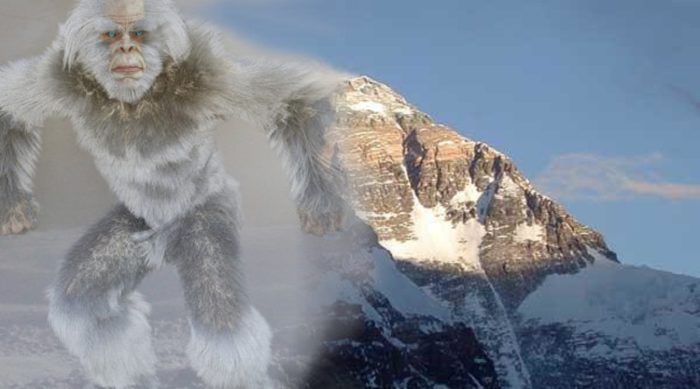
The Yeti – The “Other” Bigfoot: The Legends, Origins, And Sightings
- By
- December 7, 2020
- September 29, 2021
- 12 min read
- Expert Opinion
- 1
- Posted in
- Cryptozoology, Bigfoot Encounters
We have touched on accounts of Bigfoot in the cold regions of Russia and Siberia in our in-depth article, The Bigfoot Files. However, the Yeti (often called the Abominable Snowman or even the “Russian Bigfoot) deserves a lengthy examination in its own right. We perhaps should note, then, that while research into the Yeti often falls into the category of the “Russian Bigfoot”, in all likelihood the almost identical creatures from The Himalayas and mountainous regions of Asia, including parts of China and even Japan, are likely the same creature. For our purposes here, we will examine accounts from all of these regions. After all, such a creature as Bigfoot is unlikely to be respectful of international boundaries. It is als...
Fact Checking/Disclaimer
The stories, accounts, and discussions in this article may go against currently accepted science and common beliefs. The details included in the article are based on the reports, accounts and documentation available as provided by witnesses and publications - sources/references are published above.
We do not aim to prove nor disprove any of the theories, cases, or reports. You should read this article with an open mind and come to a conclusion yourself. Our motto always is, "you make up your own mind". Read more about how we fact-check content here.
Copyright & Republishing Policy
The entire article and the contents within are published by, wholly-owned and copyright of UFO Insight. The author does not own the rights to this content.
You may republish short quotes from this article with a reference back to the original UFO Insight article here as the source. You may not republish the article in its entirety.
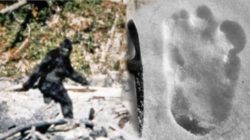
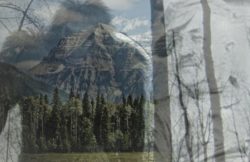
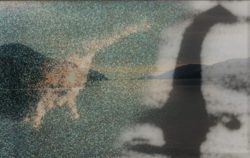


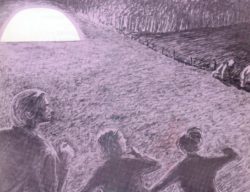
1 Comment
UFO Insight does not take responsibility for the content of the comments below. We take care of filtering profanity as much as we can. The opinions and discussion in the comments below are not the views of UFO Insight, they are the views of the individual posting the comment.
Newest comments appear first, oldest at the bottom. Post a new comment!
In the Vietnam War, there were many Bigfoot-like sightings, these creatures were sometimes called wild men or rock apes. I was stationed in the southern part of South Vietnam, so I never encountered one since the sightings occurred to my north. However, I spoke with several Vietnam Veterans who did encounter these creatures. They told me the ape-men through rocks & attacked the Americans & Viet Cong often. I was disappointed I didn’t get to observe any of these creatures.